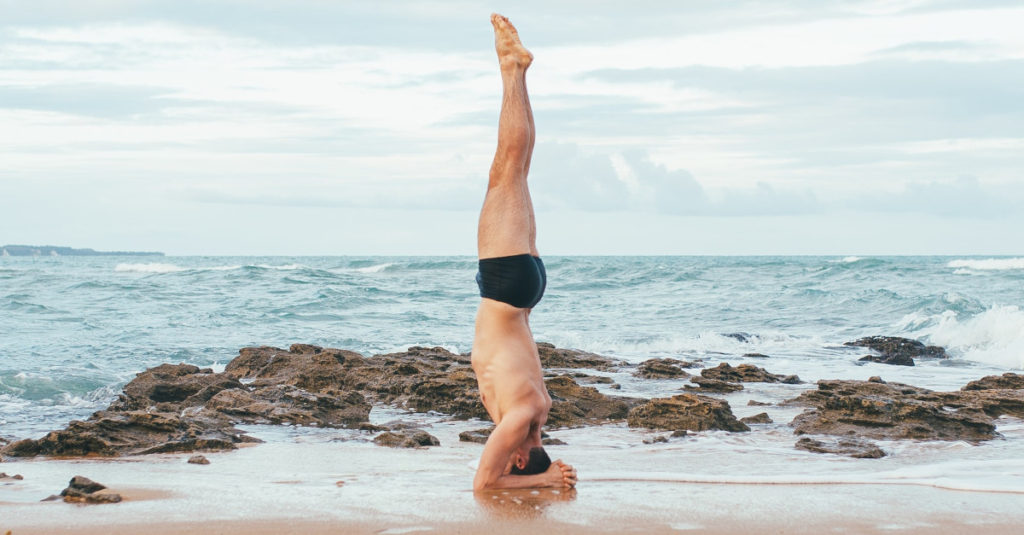The headstand poses are popular among yoga practitioners because they purport to have health benefits, including improving the flow of blood to the brain and clearing the mind. A headstand pose is also known as Sirsasana in yoga.
A headstand can be dangerous for some people, so don’t try it on your own. Headstands require your head to support 40 to 48 percent of your body weight, according to research.
Dr Robert Saper, a certified yoga instructor and head of Cleveland Clinic‘s wellness and preventive medicine department, explained to the Washington Post:
“In a headstand, blood flow refers back to the head from the legs, and this could cause neurological conditions including stroke. The dangers would include a significant amount of pressure on the spine and neck. If there’s degeneration of a disk, a headstand can exacerbate that.”
In a headstand, blood flow refers back to the head from the legs, and this could cause neurological conditions including stroke
Dr Robert Saper, Cleveland Clinic
There are people who should not do headstands. Here is a partial list of people who shouldn’t do headstands:
- Headstands should not be performed by pregnant women due to the risk of falling (although women with a consistent headstand practice may continue to practice into their third trimester)
- Migraine sufferers who suffer from acute or frequent migraines
- People with neck, shoulder, or osteoporosis conditions
- Blood pressure can be raised further in people with hypertension
- Glaucoma patients
- Heart disease sufferers
- Under 7-year-olds






